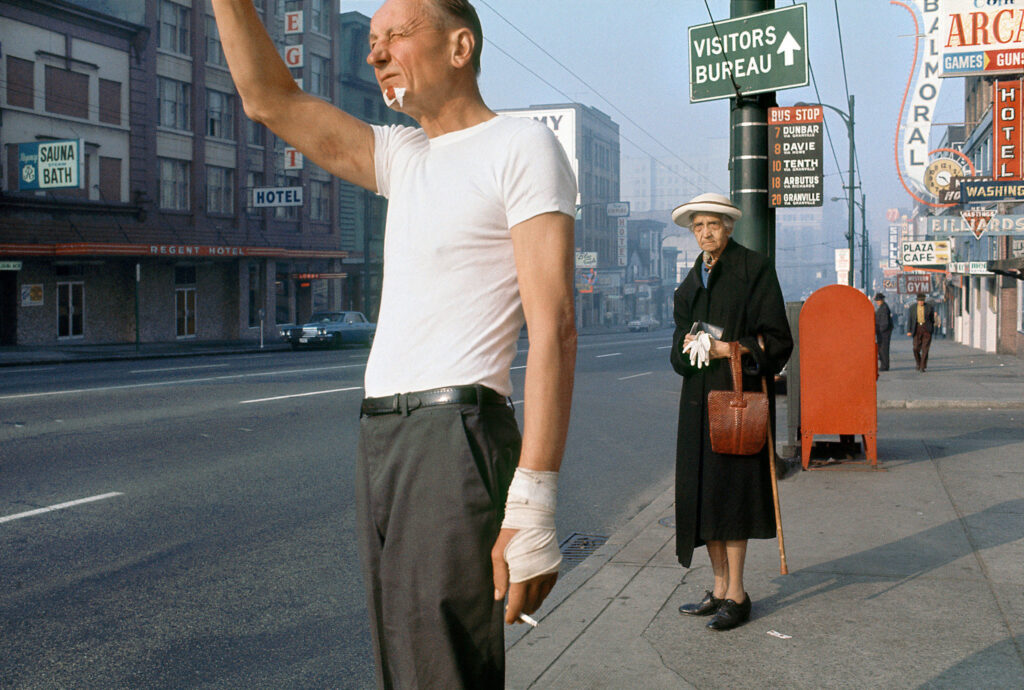The 6-Second Trick For Street Photographers
The 6-Second Trick For Street Photographers
Blog Article
About Street Photographers
Table of ContentsWhat Does Street Photographers Mean?Street Photographers - An OverviewStreet Photographers Fundamentals ExplainedThe 3-Minute Rule for Street PhotographersSome Of Street Photographers
Road professional photographers do not always have a social function in mind, but they prefer to separate and capture minutes which might otherwise go undetected.Though he was affected by a lot of those that affected the street digital photographers of the 1950s and '60s, he was not primarily thinking about capturing the spirit of the street. The impulse to aesthetically record people in public started with 19th-century painters such as Edgar Degas, douard Manet, and Henri de Toulouse-Lautrec, that functioned side by side with photographers attempting to record the significance of urban life.
Due to the relatively primitive innovation offered to him and the long exposure time called for, he had a hard time to catch the pressure of the Paris roads. He explore a series of photographic techniques, trying to discover one that would certainly permit him to catch movement without a blur, and he discovered some success with the calotype, patented in 1841 by William Henry Fox Talbot. While the photographers' topic was basically the very same, the outcomes were significantly different, demonstrating the influence of the professional photographer's intent on the character of the images he generated.
The Greatest Guide To Street Photographers
Provided the fine top quality of his photos and the breadth of product, engineers and musicians often purchased Atget's prints to make use of as reference for their very own job, though business passions were hardly his primary motivation. Instead, he was driven to photograph every last remnant of the Paris he enjoyed. The mingled enthusiasm and urgency of his objective luster through, leading to photos that tell his own experience of the city, high qualities that prepared for street digital photography of the 20th century.

Unlike his peers, Brassa used a larger-format Voigtlnder cam with a much longer direct exposure time, forcing him to be a lot more calculated and thoughtful in his method than he might have been if making use of a Leica. (It is thought that he might not have been able to pay for a Leica at that time, however he did, nonetheless, use one in the late 1950s to take colour photographs.) Brassa's photographs of the Paris abyss brightened by fabricated light were a revelation, and the collection of the collection that he published, (1933 ), was a major success.

The Street Photographers PDFs
It is since of Bonuses this basic understanding of the art of picture taking that he is typically attributed with finding the tool all over once more approximately a century because its invention. He took pictures for greater than a half century and affected generations of photographers to trust their eye and instinct in the minute.
These are the inquiries I shall attempt to answer: And then I'll leave you with my very own definition of street photography. Yes, we do. Let's begin with specifying what a definition is: According to it is: "The act of defining, or of making something certain, unique, or clear".
No, most definitely not. The term is both limiting and deceiving. Seems like a street digital photography need to be images of a roads appropriate?! And all street digital photographers, besides a tiny number of outright newbies, will totally value that a road is not the crucial element to road digital photography, and in fact if it's an image of a road with maybe a few dull people doing nothing of interest, that's not road digital photography that's her explanation a photo of a road.
Our Street Photographers Ideas
He makes a legitimate point don't you believe? While I agree with him I'm not certain "candid public photography" will certainly catch on (although I do kind of like the term "candid digital photography") since "street photography" has actually been around for a lengthy time, with numerous masters' names affixed Look At This to it, so I believe the term is right here to remain. Street Photographers.
You can shoot at the beach, at a festival, in a street, in a park, in a piazza, in a coffee shop, at a museum or art gallery, in a metro terminal, at an event, on a bridge, under a bridge ...
Street Photographers for Beginners
Yes, I'm afraid we worried no choice! Without policies we can not have an interpretation, and without a definition we don't have a category, and without a style we don't have anything to define what we do, and so we are stuck in a "guidelines interpretation style" loop! - Street Photographers

Report this page